What Is Aperture On Camera
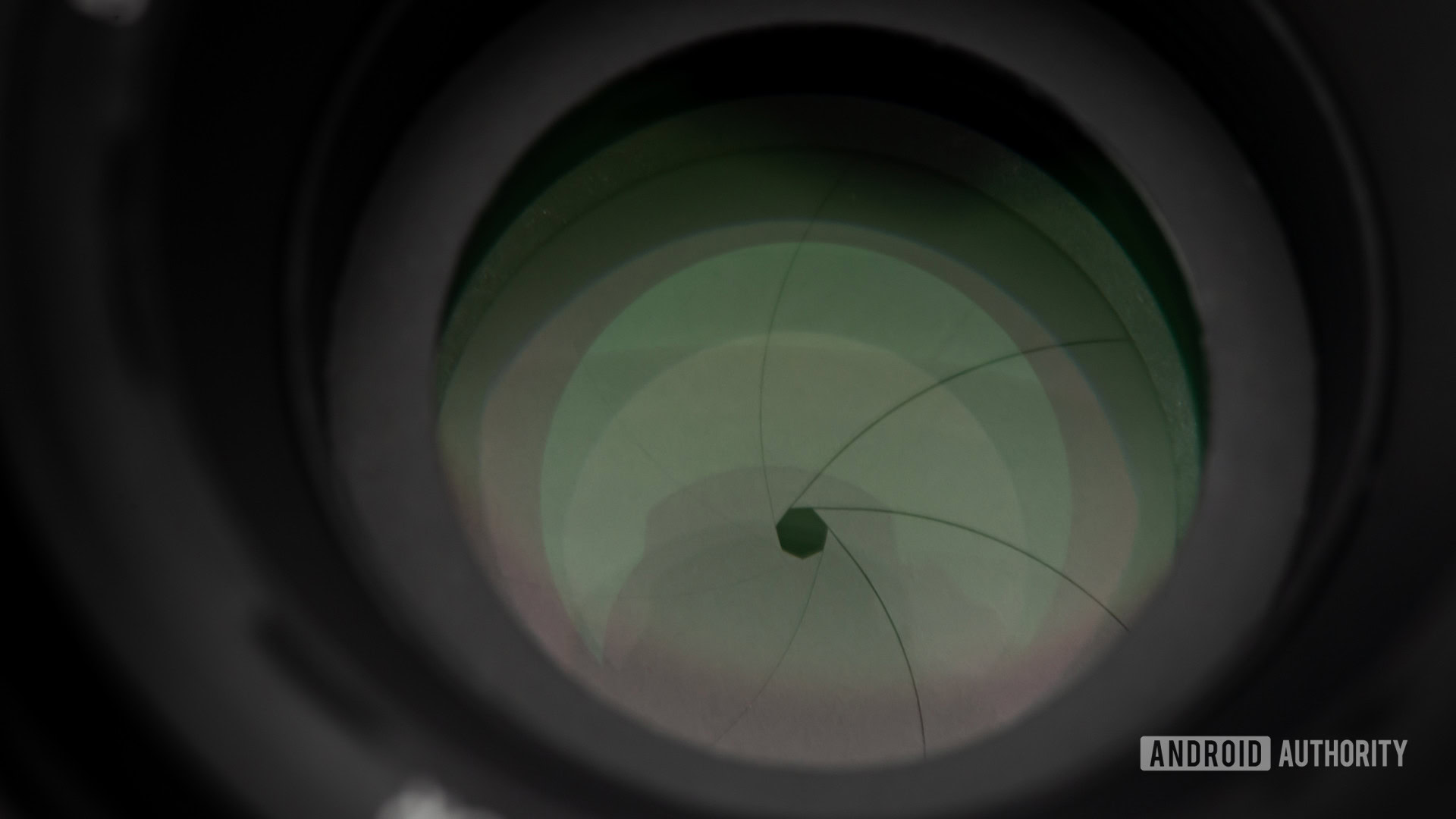
Edgar Cervantes / Android Authority
I'm certain many of you employ your smartphone as your master shooter. Even those who ain a DSLR or mirrorless camera tin can't argue with the convenience of having a good pocket cam. Truth be told, flagship smartphone camera quality is more than good enough for capturing day-to-twenty-four hour period moments. To make matters more exciting, manufacturers bear witness no signs of slowing down improvements. In addition to the dual, triple, and quad-camera trends, the latest smartphones are also pushing the envelope in wider photographic camera apertures. But what is aperture, exactly?
It is no longer uncommon to see smartphones with a wide aperture. Devices like the iPhone xiii, Pixel 6, and Samsung Galaxy S21 Ultra all accept cameras with f/1.9 or wider apertures.
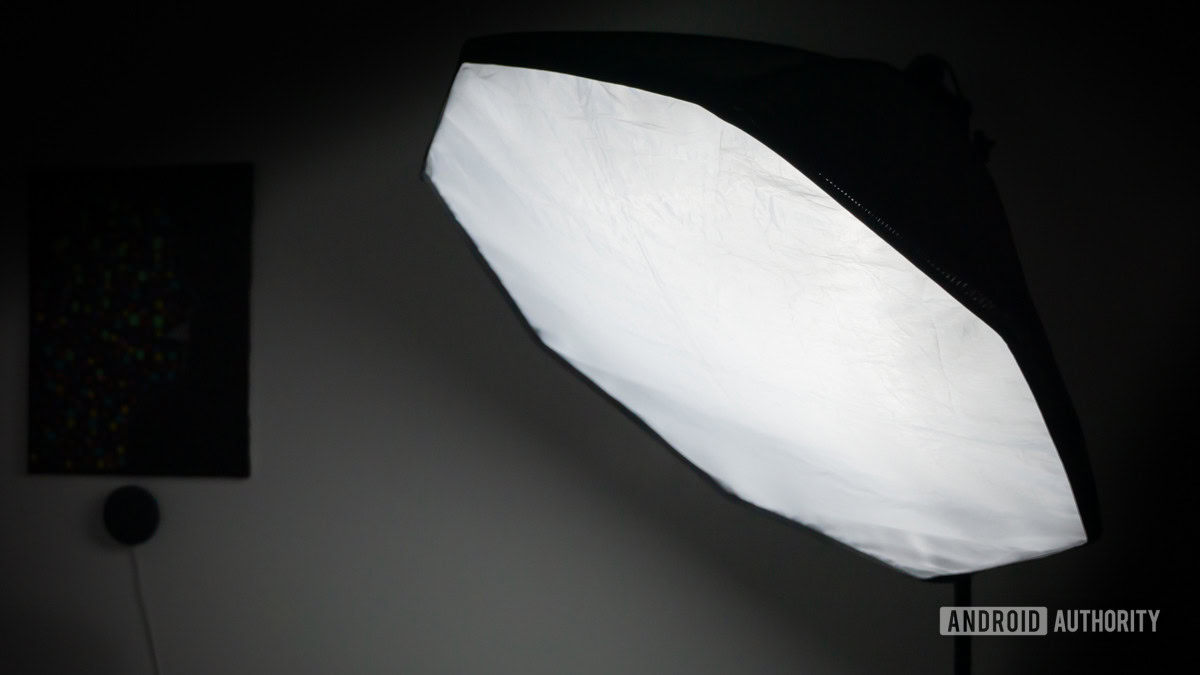
Edgar Cervantes / Android Authorisation
Photography is all most getting the correct amount of lite exposure. A pretty good rule of thumb for judging photographic camera quality is figuring out how expert it is at capturing light. A top-notch sensor paired with a quality lens is the sought-afterward combination. The same applies to smartphones, albeit with some limitations.
Too: The all-time camera phones you can find right at present
The small smartphone form factor means lenses and sensors are smaller. Therefore, less calorie-free reaches them. This has an bear on on last epitome quality. Nosotros've seen smartphone manufacturers use larger ane.2µm to 1.55 µm sensor pixel sizes to gainsay this, with excellent results. The other one-half of the light capture equation is how much light makes information technology through the lens to reach these pixels. This is where discontinuity comes in.
What is discontinuity? Learning about f-stops
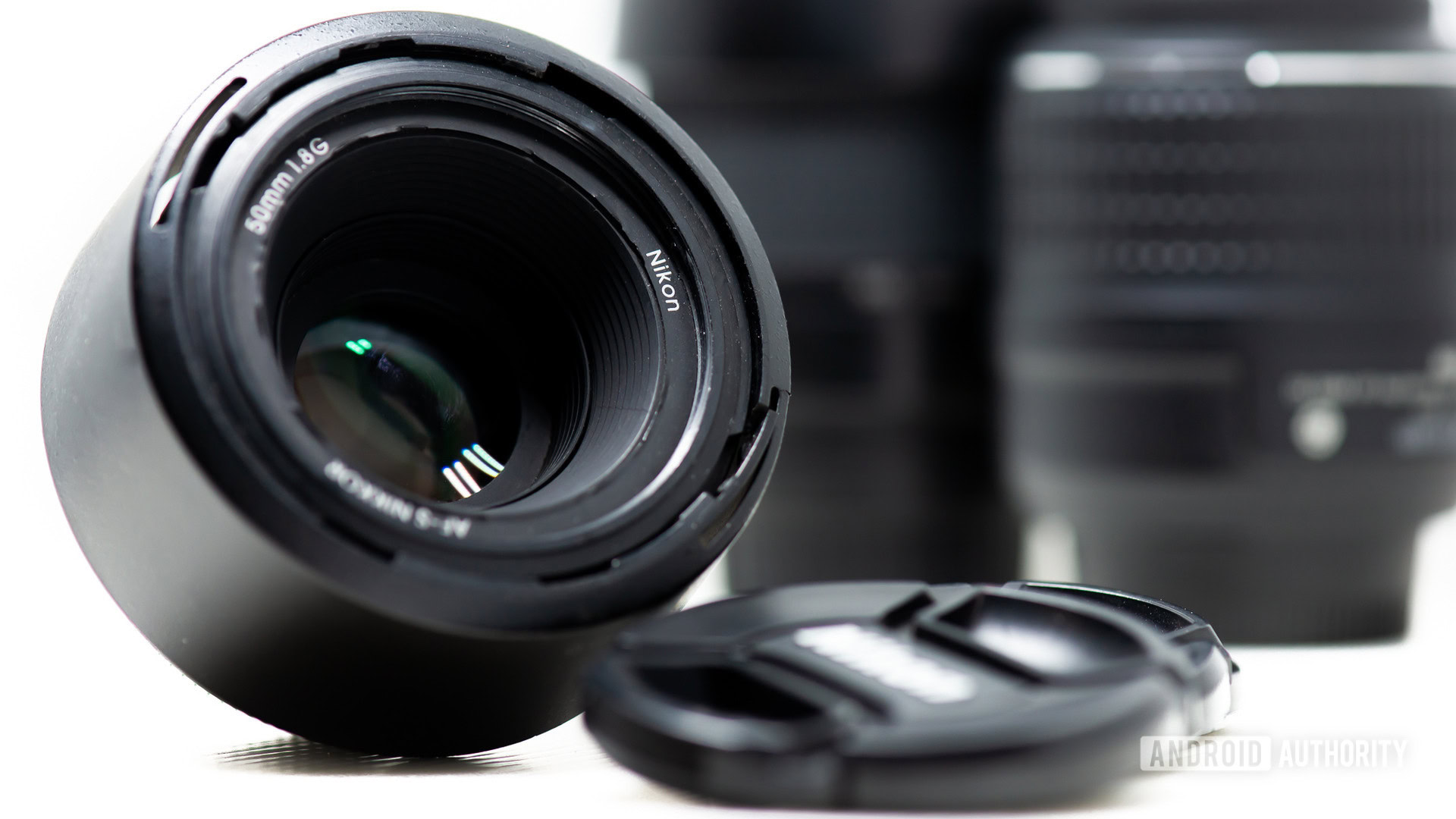
Edgar Cervantes / Android Authority
Okay, and so what is aperture? Aperture is the opening size through which light enters a camera. Have you e'er seen the blades that open and close on a traditional camera lens? That pigsty in the centre is the aperture. You can appreciate it better on this post'south main image. In turn, aperture size refers to how opened or closed that hole is.
Discontinuity is i of the corners of what is known as the "exposure triangle" in the world of photography. This triangle is composed of three master parameters: aperture, shutter speed, and ISO.
The aperture parameter is measured in f-stops, a ratio of the focal length divided past the opening size. So the smaller the f-cease, the wider the opening, and therefore more light tin attain the sensor, resulting in better low light pictures. Equally you lot narrow the aperture past a full "stop" — or power of the square root of 2 (ƒ/2 to ƒ/2.8, ƒ/iv to ƒ/five.eight, etc.)— you lot'll exist halving the calorie-free gathering area.
The smaller the f-stop, the wider the opening and therefore more lite tin can reach the sensor. This means meliorate low calorie-free performance.
A wider aperture allows you to reduce the shutter speed required for a set amount of light capture. The upshot is diminished blurring in action shots or with shaky hands, making its apply with OIS even more powerful. If you're looking to capture that perfect however frame, a wider discontinuity volition assist you achieve that. In addition, a wider aperture makes information technology possible to lower the ISO, as it can capture more lite. This means your images will come out with less dissonance.
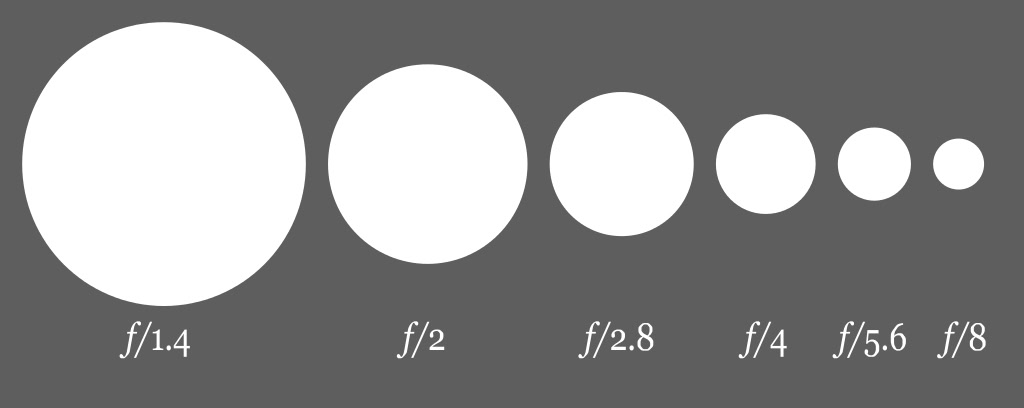
The larger the discontinuity is, the lower the ƒ-end number is.
Smartphone sensors are very shut to the lens; much closer than in DSLR cameras. A photographic camera'south focal point is the distance betwixt the light convergences in the lens and the sensor. Smartphone cameras have shorter focal lengths than a DSLR. Nosotros know that the discontinuity equation is the focal length divided past the opening size. This helps explain why phone cameras take a wider aperture than most DSLR lenses, even though they aren't necessarily improve at light capture.
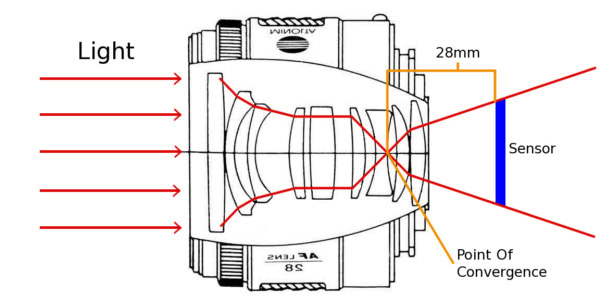
In smartphones, the sensor is very shut to the Indicate of convergence, resulting in a short focal length.
Speaking of photographic camera lenses, photography enthusiasts will often acquaintance wider apertures with a shallower depth of field, allowing for squeamish, soft bokeh. However, with smartphones, nosotros're usually stuck with a fixed aperture, a smaller image sensor positioned close up to the lens, and a reasonably wide field of view. A telephone camera'due south depth of field volition never exist that shallow.
Smartphone sensors are positioned much closer to the lens than in a DSLR, hence why today's smartphones have a wider aperture ratio even though the opening is smaller.
An f/two.2 smartphone camera really just provides a depth of field equivalent to an f/13 or f/fourteen discontinuity on a full-frame camera. It merely produces a small amount of blur. Mod phones with enhanced bokeh furnishings rely on software for a more dramatic wait. Nosotros unremarkably run across the result artificially added in shooting modes like Portrait Mode.
While a wide aperture is no guarantee of photographic camera quality, a smaller f-stop value allows more than light into the sensor, which equates to better images. You should always consider this value in conjunction with pixel size, as larger pixels won't necessarily require as wide an aperture to capture plenty calorie-free to expose an epitome correctly. However, small-scale pixels and a minor aperture signify that low light operation will be an issue.
Lens quality
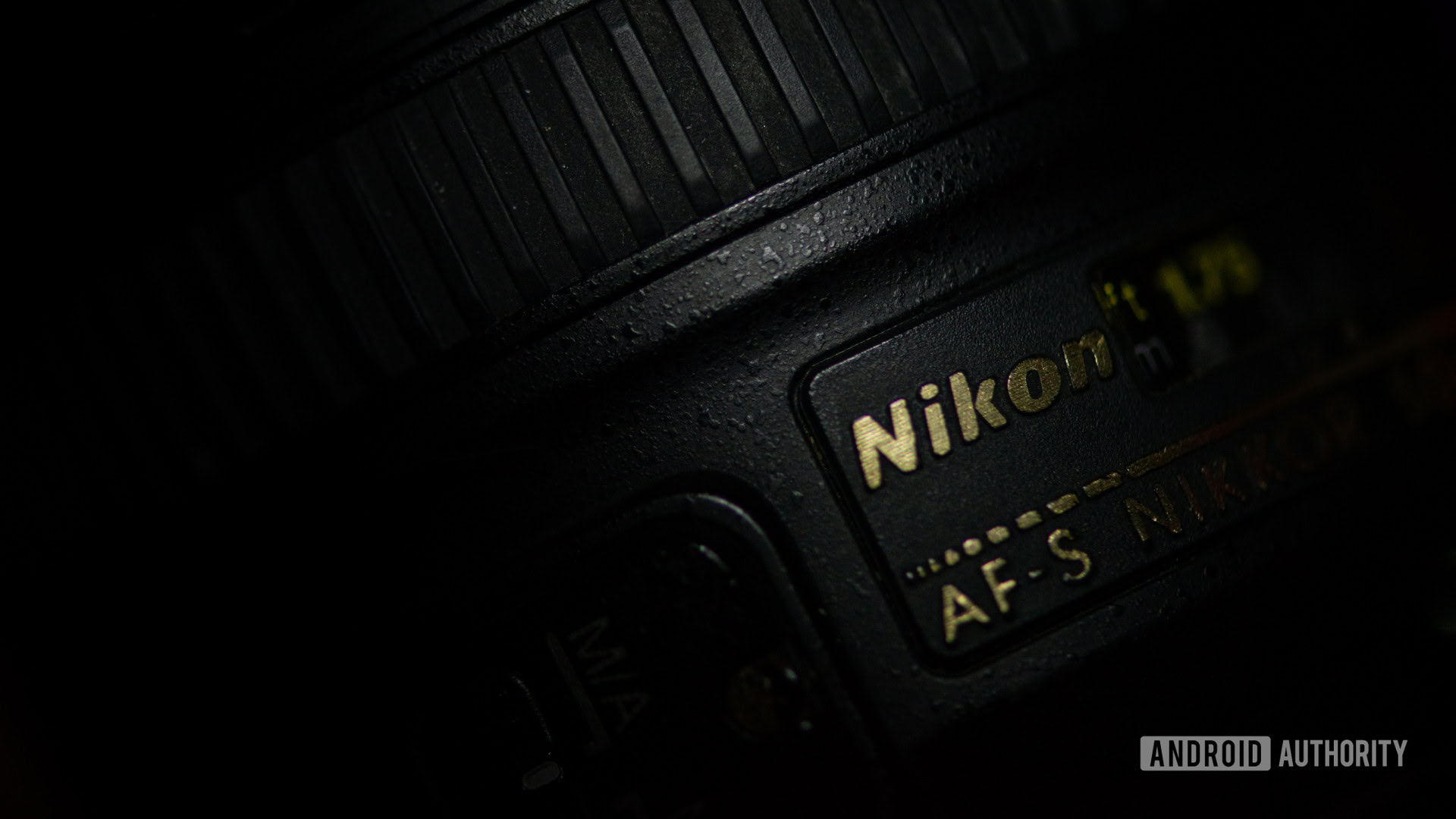
Edgar Cervantes / Android Authority
The lens is an every bit important but often neglected component in all smartphone photographic camera stacks. But like everything else, these vary considerably in quality. After all, a muddied lens takes poor pictures, and lens glass with poor clarity or transparency will practice the same. This will reduce the amount of light reaching the sensor, and therefore, reduce prototype quality.
More than: These are the all-time smartphone camera lens add-ons you lot can purchase
Smartphones using very broad apertures require extra special attending to lens pattern. A lousy pattern could worsen aberration distortion and lens-flare effects that have haunted some devices. Consider it like this, it's trickier to focus light accurately when information technology'due south coming through a wider hole, and so these lenses have to exist more than meticulously crafted. Aberration distortion covers a range of issues that appear when a lens cannot perfectly focus a indicate of light. Phones with wide aperture cameras are less focused on a specific function of the scene than one with a more closed-in aperture, and therefore more prone to problems.
Aberration baloney comes in a diverseness of effects. These include spherical aberration (reduced clarity and sharpness), coma (blurring or tailing), field curvature (loss of focus at edges), distortion (epitome convexing or concaving), and chromatic aberration (unfocused colors and split white light), among others. Run into some examples beneath (source).

Camera lenses are built from multiple "correcting groups" designed to focus the lite properly and reduce aberrations. Cheaper lenses tend to characteristic fewer groups and are therefore more decumbent to issues. Lens materials likewise play an essential part here, with higher quality glass and multiple coatings offering better correction and less distortion.
Lens quality is harder to judge from numbers or a spec sheet. Many phone manufacturers don't mention information technology at all. Unfortunately, this matter complicates talk nearly discontinuity and pixel sizes, as cheapening out on the lenses could return these developments useless. Fortunately, renowned companies like Zeiss, Leica, and others have joined the smartphone market. These companies accept more expertise in the field.
To conclude, lens quality is simply as important as the other factors we've discussed, if not more than so. A poor lens can undo sound technology done elsewhere. Unfortunately, it's challenging to understand and almost incommunicable to capeesh without testing the camera out.
Side by side: What is discontinuity priority, and when should you use it?
Putting it all together
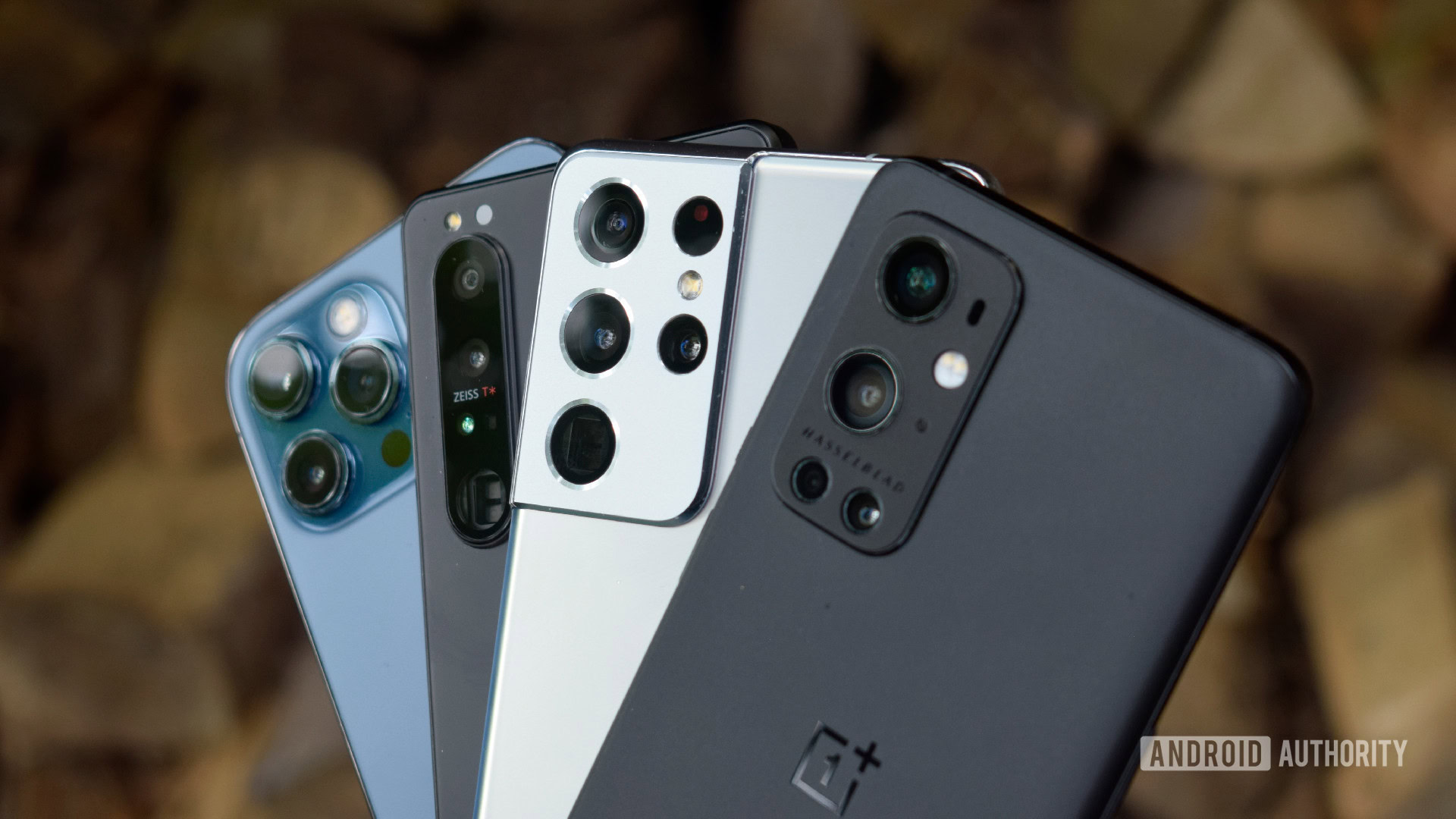
Robert Triggs / Android Authority
As you lot've probably figured out, discontinuity isn't the be-all-end-all of a good smartphone photographic camera setup. Only like most other areas of photography, it'south not a very useful number to go past when making a purchasing determination. It'due south non an indicator of quality on its ain. However, information technology offers several advantages, including the possibility of better depression calorie-free capture and faster shutter speeds.
The pocket-size size of the sensors means that you lot're never going to see much bokeh, except for very close-upwards shots. These days, most phone cameras that offering bokeh effects are doing so via software, sometimes using data from a secondary camera. If yous enquire united states of america, we recall other specs and features could help more than. Wide-angle and zoom cameras are more exciting options if you're looking for unique shots.
Source: https://www.androidauthority.com/what-is-aperture-789927/
Posted by: baileybutragreake1938.blogspot.com


0 Response to "What Is Aperture On Camera"
Post a Comment